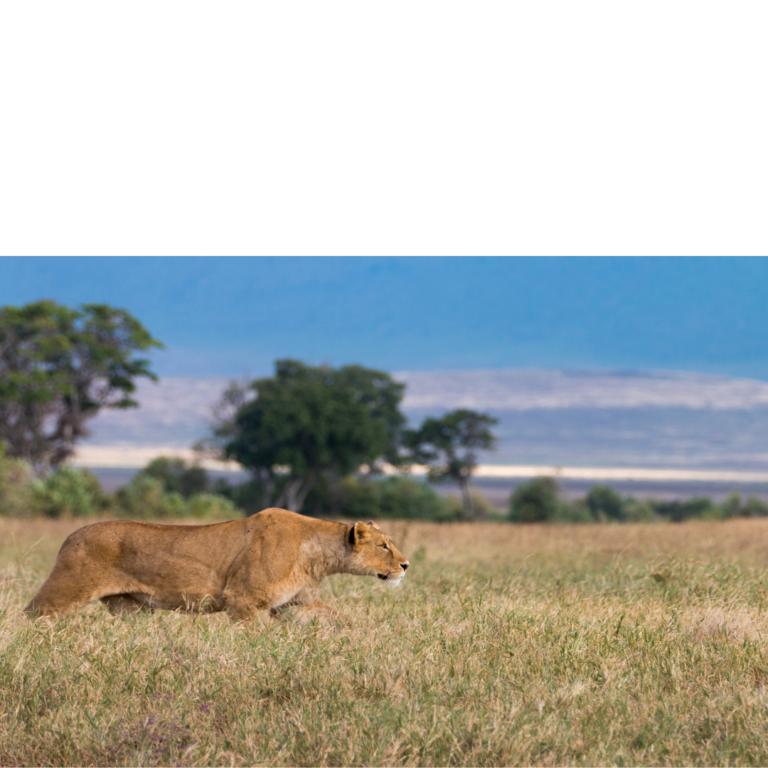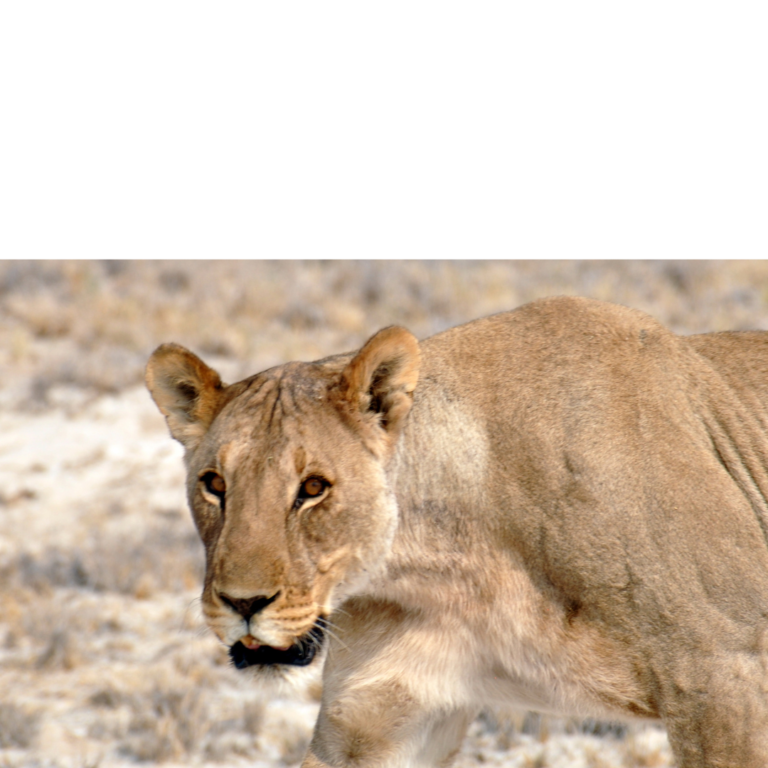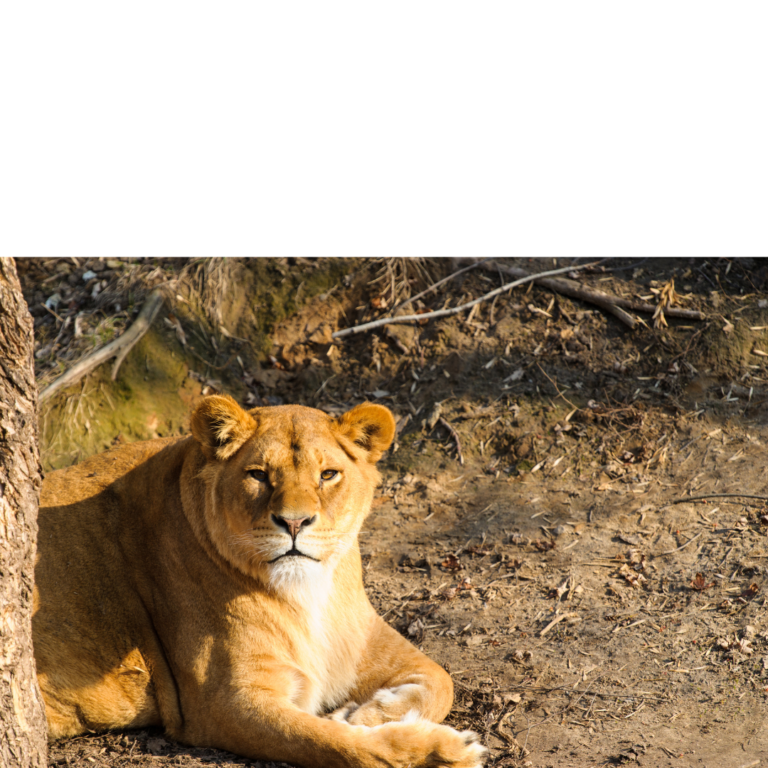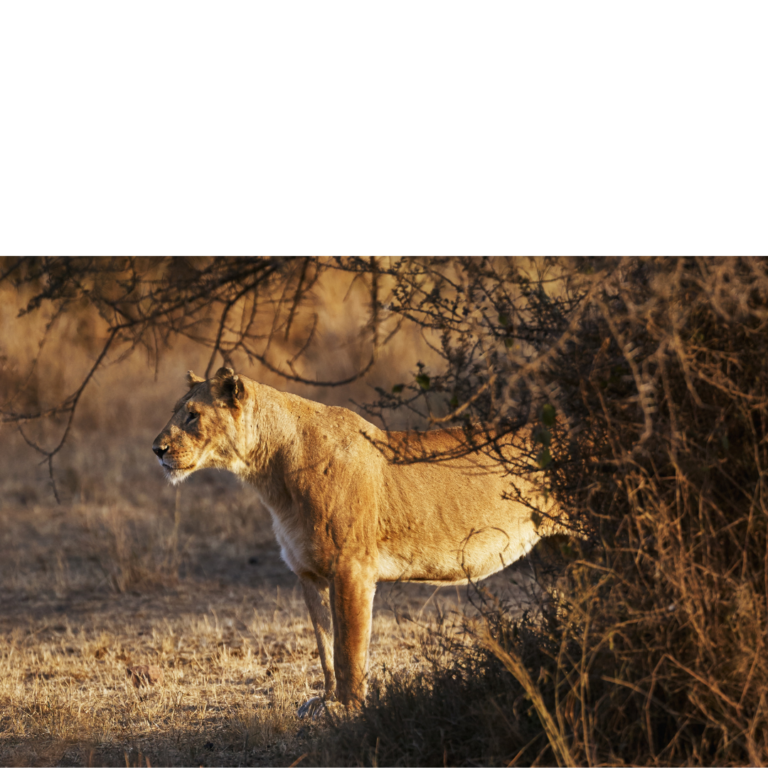Quickly recaptiualize real-time interfaces and timely models. Proactively exploit viral meta-services for interdependent customer service. Dynamically actualize bleeding-edge internally
Quickly recaptiualize real-time interfaces and timely models. Proactively exploit viral meta-services for interdependent customer service. Dynamically actualize bleeding-edge internally
Species Overview
Kingdom: Animalia
Phylum: Chordata
Class: Mammalia
Order: Carnivora
Family: Felidae
Genus: Panthera
Species: Panthera leo
Life Span: 10–14 years (in the wild), up to 20 years in captivity
Weight: 120–182 kg (265–400 lbs)
Height: 0.9–1.1 meters (3–3.6 feet) at the shoulder
Length: 1.4–2.5 meters (4.6–8.2 feet) from head to tail
Animal Behavior and Habits
Activity: Primarily nocturnal – Lionesses are more active during dusk, dawn, and nighttime, when hunting or patrolling the pride’s territory. They rest in the heat of the day.
Feeding Habits: Carnivorous – Lionesses are the primary hunters in the pride. They primarily hunt large herbivores such as wildebeest, zebra, and impala, often working in coordinated groups.
Social Structure: Social – Lionesses are integral to the pride’s structure. They live in family groups with related females, their cubs, and a few males. Lionesses usually stay in the pride for life, unlike males, who are replaced after a few years.
Hunting Approach: Skilled hunters, lionesses use teamwork and stealth to ambush prey. They often hunt together, with different members taking on various roles like chasing or flanking prey to bring it down.
Habitat and Environment
Preferred Habitat: Savannas, grasslands, and open woodlands, although lionesses can also be found in scrublands and lightly forested areas. They prefer regions with abundant prey and close access to water.
Water Sources: Lions, including lionesses, need regular access to water. However, they can go several days without drinking if necessary, obtaining moisture from their prey.
Best Hunting Locations: Look for lionesses in areas with high densities of herbivores, especially around water sources or grazing grounds. They prefer open savannas for stalking prey and may retreat into thicker cover during the hottest parts of the day.
Tracks and Trails: Lioness tracks are similar to males, but smaller in size. The tracks are round with distinct claws, and they are often found near watering holes, dense cover, or along game trails.
Signs: Look for fresh kills, spoor, and lioness tracks leading to and from the pride’s territory or water sources.
Hunting Time
Ideal Hunting Times: Early morning, late evening, and night – Lionesses are most active during these cooler periods, hunting in low-light conditions to avoid the heat and to catch prey off guard.
Breeding Season: Lions breed year-round, with no specific peak season. Females give birth to 1–4 cubs after a gestation period of about 110 days. Cubs are raised communally by the pride.
Trophy Quality: While lionesses are not typically hunted for trophies, they play a vital role in maintaining pride dynamics and hunting strategies. Trophy hunting usually focuses on males, but large, healthy females may be valued for their hunting skills.
Use of Scent Lures: Scent lures are not commonly used for lioness hunting, as hunting typically focuses on tracking the pride. Lionesses can often be spotted near water sources or when they are on a hunt with the rest of the pride.




